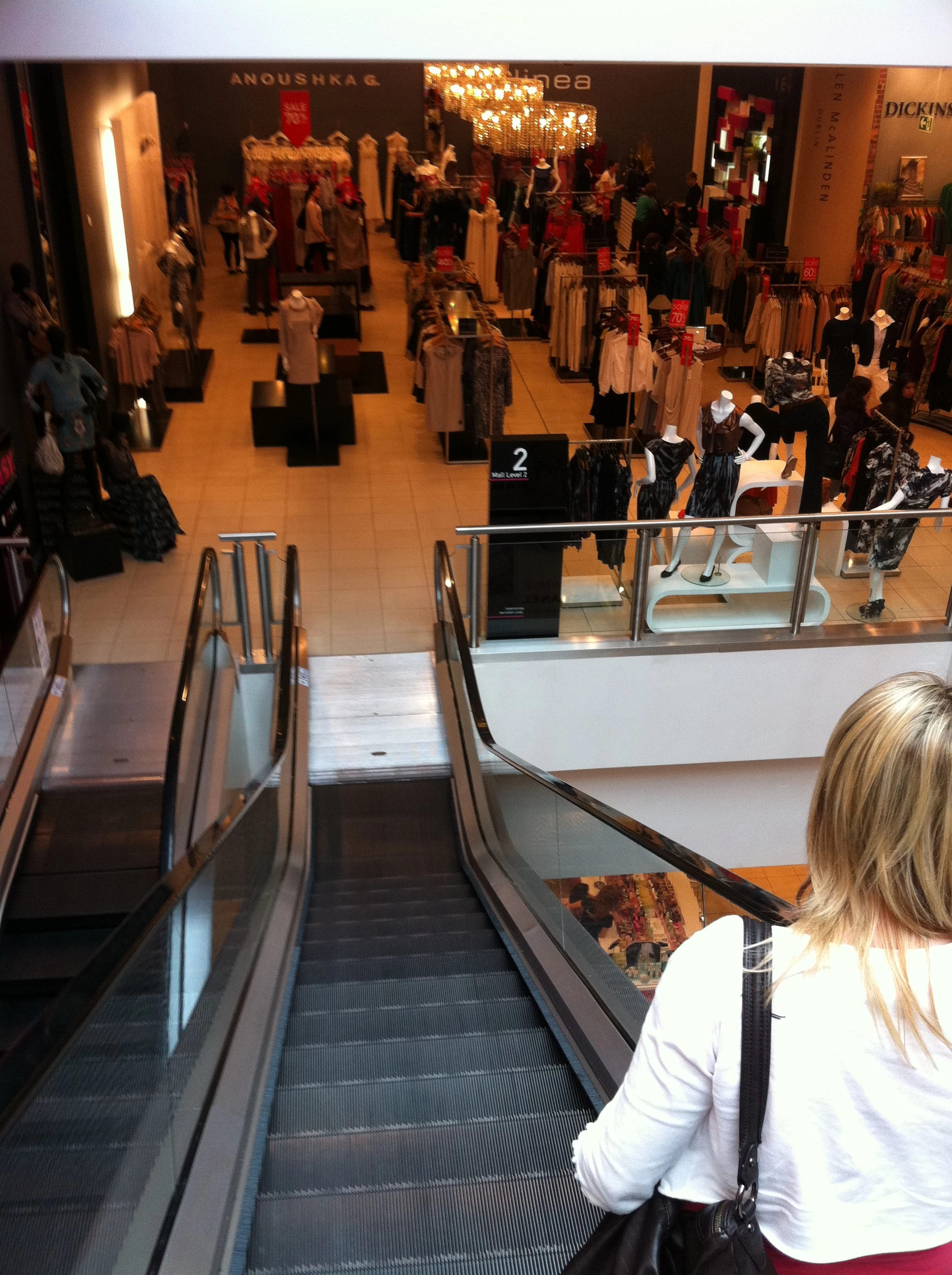
Partner Article
Stacking up: Harnessing data to drive store productivity
In a data rich retail environment, retailers have been using data to shape store-based strategies for some time. But have they analysed the right data?
Historically, retailers relied on sales statistics to plan staff rosters, but this can see them running into problems and missing out on multiple selling opportunities. For a more productive - and therefore more profitable - store, monitoring and using traffic data as a guide to associate resourcing is essential.
Leveraging this data gives retailers a much more optimal shopper-to-associate ratio (STAR), and this blog provides a few compelling reasons why it’s a more productive method for labour optimisation.
It’s your guiding STAR
Applying traffic-centric concepts in their stores enables retailers to take a more scientific approach to rostering, and make sure store associates are operating at their most productive.
Planning your associate resource based on historic sales alone means retailers are not necessarily putting their people in a position to help convert a sale. Knowing how many shoppers are typically in a shop at a given time on a given day means retailers can establish the optimal STAR for each of their sites.
Not all shops will be the same, so by really honing in on the traffic levels each of their stores typically generates, there’s a real opportunity to make more sales.
Know your opportunities
Indeed, opportunity is a key word here. The traditional approach to in-store staffing is based on risk aversion, where retailers’ finance departments view labour as a cost to be contained – and that thinking is what leads sales or transactional data to directly influence labour allocation.
If sales haven’t been good in one store, that location may get staffed down accordingly. But that misses the point of the art of selling.
In today’s retail industry, where stores are just one part of a multichannel journey of discovery, research and experience, the shop associate can play an integral role in saving a sale. Having more people on hand to advise, guide and encourage, really does have an impact on the modern consumer – there’s plenty of research to prove it – but retailers will only see the true potential sales-per-shopper (SPS) opportunity if they place their focus on traffic levels.
More useful metrics
Simply put, retailers using traffic data for labour optimisation are more productive because they have more useful metrics for preparing for modern-day retail.
Not only can they take the STAR approach, which meets the needs of today’s shoppers who often describe the advice given by staff in-store as a key reason for visiting a retailer and making a purchase, but they can also better understand concepts of power hours and SPS.
Power hours are the times throughout the week when traffic is at its highest, and when there is the greatest opportunity for sales conversion. It’s imperative retailers have the right associates on the shop floor during peaks than at any other period, and without taking a traffic-led approach to staffing, they wouldn’t even know where their greatest sales opportunity lies.
And this is where SPS comes in. The metric is the average transaction size multiplied by conversion rate during a selected period, and it gives an insight into overall store performance and the effectiveness of individual associates.
It’s a true productivity measure, and will enable retailers to ensure they are optimising labour based on all possible in-store sales opportunities.
This was posted in Bdaily's Members' News section by Steve Richardson, UK & MEA Director, ShopperTrak .
Enjoy the read? Get Bdaily delivered.
Sign up to receive our popular morning National email for free.








 How to make your growth strategy deliver in 2026
How to make your growth strategy deliver in 2026
 Powering a new wave of regional screen indies
Powering a new wave of regional screen indies
 A new year and a new outlook for property scene
A new year and a new outlook for property scene
 Zero per cent - but maximum brand exposure
Zero per cent - but maximum brand exposure
 We don’t talk about money stress enough
We don’t talk about money stress enough
 A year of resilience, growth and collaboration
A year of resilience, growth and collaboration
 Apprenticeships: Lower standards risk safety
Apprenticeships: Lower standards risk safety
 Keeping it reel: Creating video in an authenticity era
Keeping it reel: Creating video in an authenticity era
 Budget: Creating a more vibrant market economy
Budget: Creating a more vibrant market economy
 Celebrating excellence and community support
Celebrating excellence and community support
 The value of nurturing homegrown innovation
The value of nurturing homegrown innovation
 A dynamic, fair and innovative economy
A dynamic, fair and innovative economy